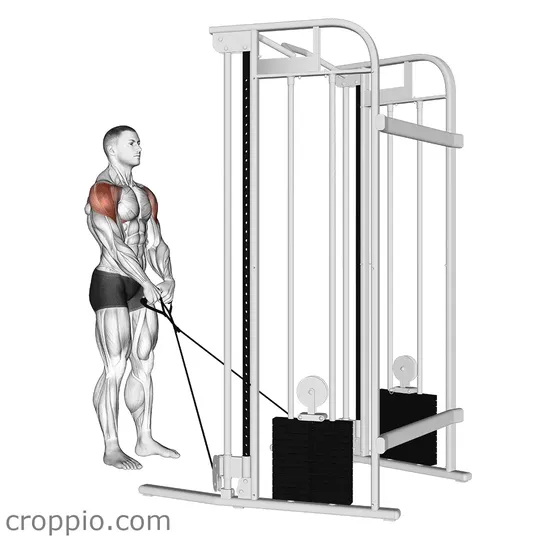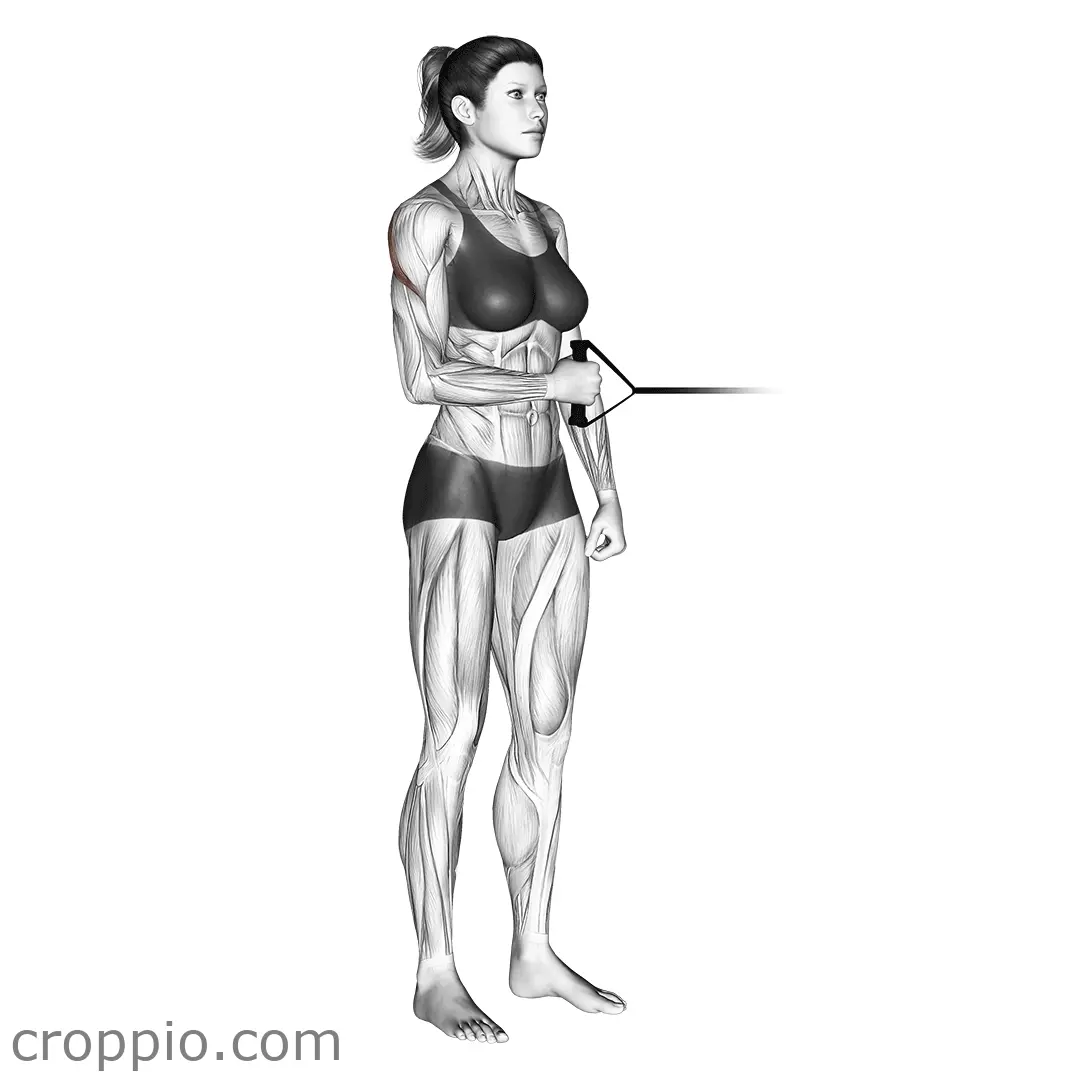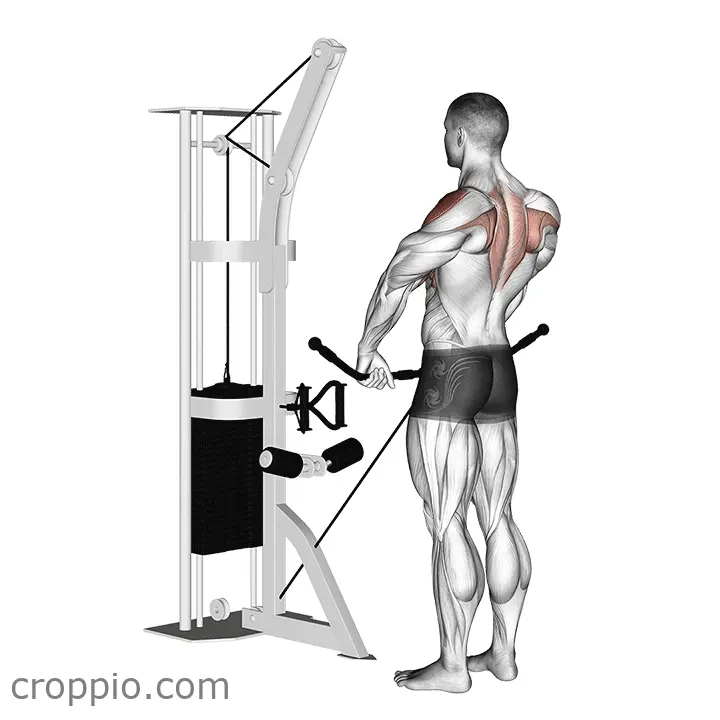Cable Y Raise

Muscles Involved
The cable y raise is a highly effective exercise that primarily targets the muscles of the upper back, specifically the rear deltoids and the rhomboids. As you perform the movement, you also engage the trapezius, which plays a significant role in stabilizing the shoulder blades. Secondary muscles involved include the infraspinatus and teres minor, which are part of the rotator cuff, and the core muscles, which assist in maintaining proper posture and stability during the exercise.
Top Mistakes
- Using too much weight, which can lead to poor form and increased risk of injury.
- Failing to engage the core, resulting in excessive arching of the back.
- Not maintaining a stable position, causing unnecessary movement of the shoulders and arms.
- Rushing through the motion, which diminishes the effectiveness of the exercise.
Execution Tips
- Begin with a manageable weight to ensure proper form and technique throughout the movement.
- Stand with your feet shoulder-width apart, knees slightly bent, and engage your core to maintain alignment.
- Set the cable pulleys to a low position, grasp the handles with both hands, and pull the cable upwards in a 'Y' shape, ensuring to initiate the movement from your shoulders.
- Keep your elbows slightly bent and focus on squeezing your shoulder blades together at the top of the movement.
- Lower the handles back to the starting position slowly and with control, maintaining tension in the muscles throughout the exercise.
Workouts
The cable y raise can be effectively incorporated into your upper body workout routine. Aim for 3 to 4 sets of 10 to 15 reps, focusing on maintaining proper form throughout. It can be performed after compound movements like bench presses or rows, providing a targeted finisher for your shoulder and upper back. Additionally, consider pairing it with complementary exercises such as lateral raises or face pulls to further emphasize shoulder development and balance muscle strength.
Conclusion
Incorporating the cable y raise into your workout routine offers substantial benefits for shoulder stability and strength, especially in the often-neglected rear deltoids and upper back. By focusing on proper execution and being mindful of common mistakes, you can enhance your overall shoulder health and posture, support overhead movements, and improve your performance in various physical activities.



